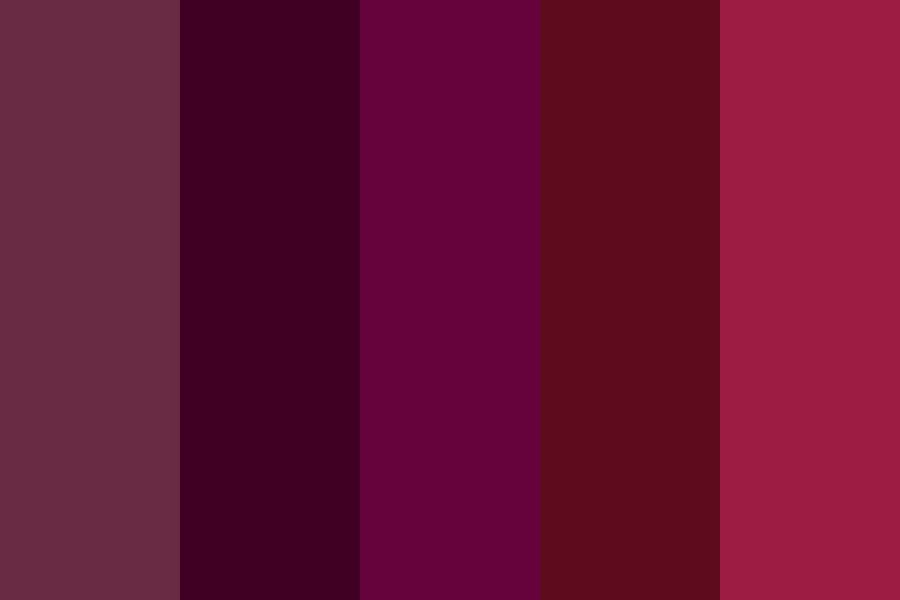

Until a synthetic pigment was produced in the 19th century to kick start a revolution in the fashion world. The color was expensive due to rarity of sources and hand work devoted to produce the pigments, for instance tyrian purple requires thousands of snails with a tedious process to produce a small amount. History: due to the rarity of the pigment, but also because the color is really full of pride, it was a color choice of royals and upper-class, from Julius Caesar to Queen Cleopatra. And in CMYK color space, it is composed of 100% magenta, and 49% black without cyan or yellow. The same can be said about RGB color space used in screens where it is made up of 128/255 red (~50.2% of red), 128/255 blue (~50.2% of blue), with no green component. How the color is made: purple is a balanced mix of red and blue, and it can be made by mixing them in wet media. But it is also deeply connected with stimulating imagination, let alone its majestical and spiritual qualities. Melqart immediately dyed a gown with the extract from the dog’s mouth and presented it to Tyros.One of the majestical colors that is not only associated with power, authority and royalty. When the dog bit into a large sea snail, its mouth was stained purple. According to the legend recorded by the Greek scholar Julius Pollux in the 2nd century CE, the dye was discovered by the Phoenician god Melqart while walking along the seashore with his dog and the nymph Tyros. Tyrian purple dye was first manufactured by the Phoenicians in the 16th century BCE. Because the materials were smelly, the places where Tyrian purple dye was manufactured were usually located downwind of towns and cities.The pot was heated slowly for about ten days until the mixture turned a reddish-purple color.Next, the glands were extracted and placed in a lead pot filled with brine.According to the Roman author Pliny the Elder, thousands of snails were needed to produce just one ounce of dye. First, the sea snails had to be harvested.

Exuding wealth, sexuality, power, lust and fervor, purple made a statement like no other color. Symbolic of both the heavens and the very best of the material world, the people loved purple with an absolute passion. The source of the dye was the mucus produced by predatory sea snails found in the Mediterranean Sea. For millennia Tyrian Purple dye was one of the most prized products of the Mediterranean coastline.

Tyrian purple dye was so costly because it was difficult to make. In Rome during the 1st century CE, a pound of Tyrian purple dye cost about half a Roman soldier’s annual salary, or the equivalent of the cost of a diamond engagement ring today. The Greeks called this region "Phoenicia," a name that is believed to mean "land of purple." Purple was an expensive color. The finest purple dye came from the coastal city of Tyre in what is now Lebanon. Creating Purple Lararium (household shrine) from the House of the Vettii at Pompeii


 0 kommentar(er)
0 kommentar(er)
